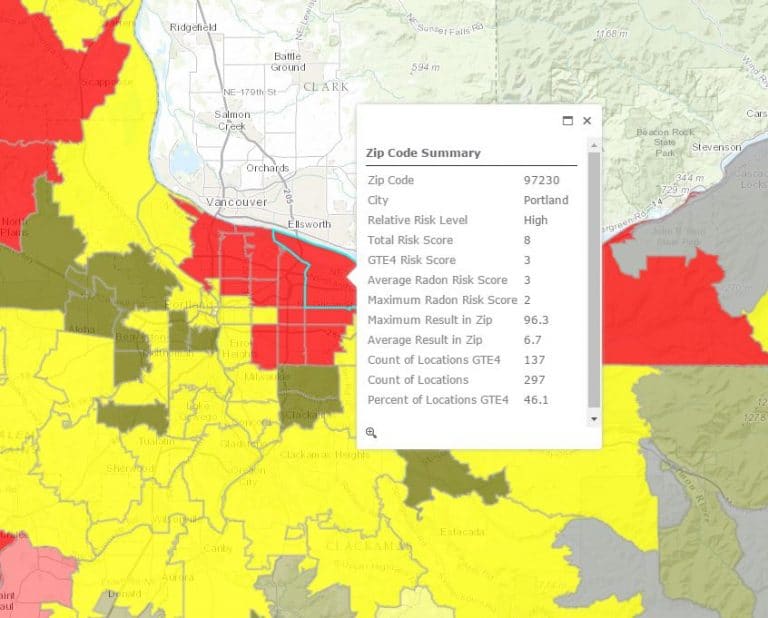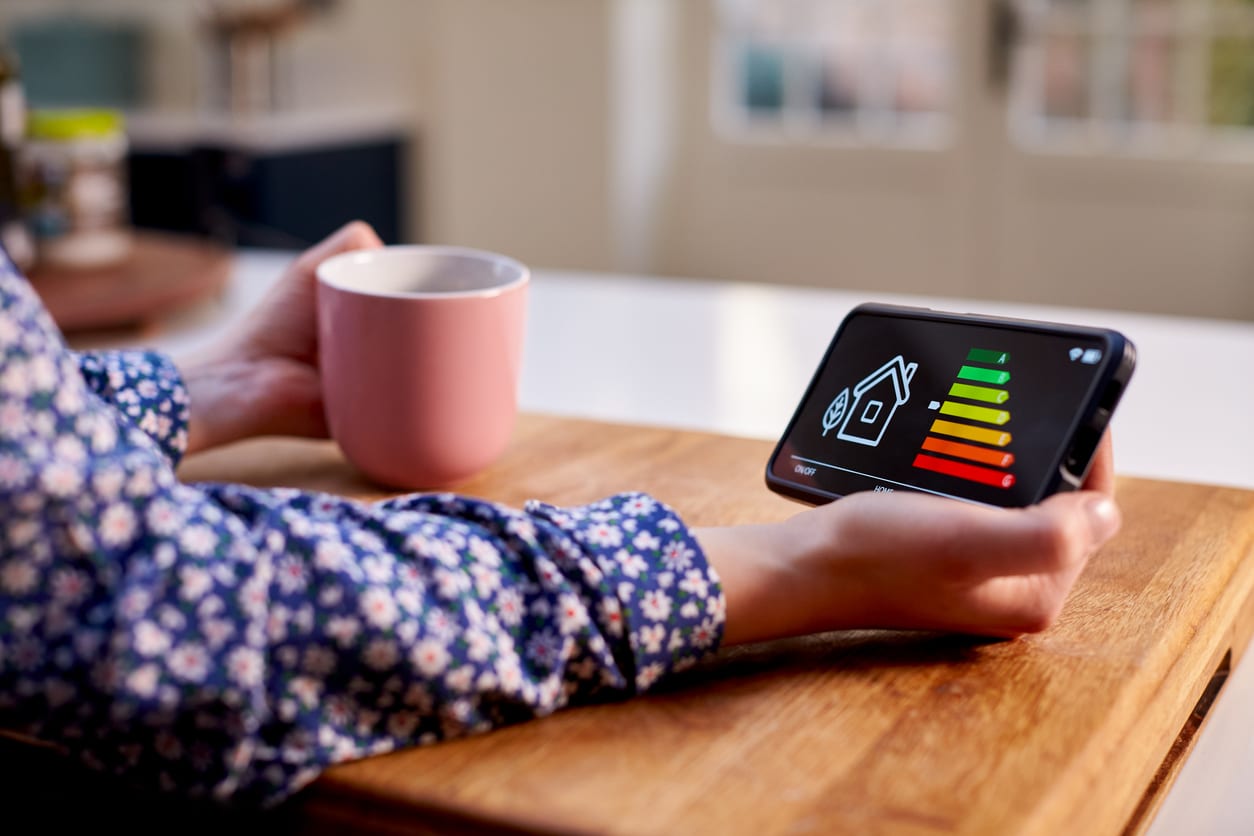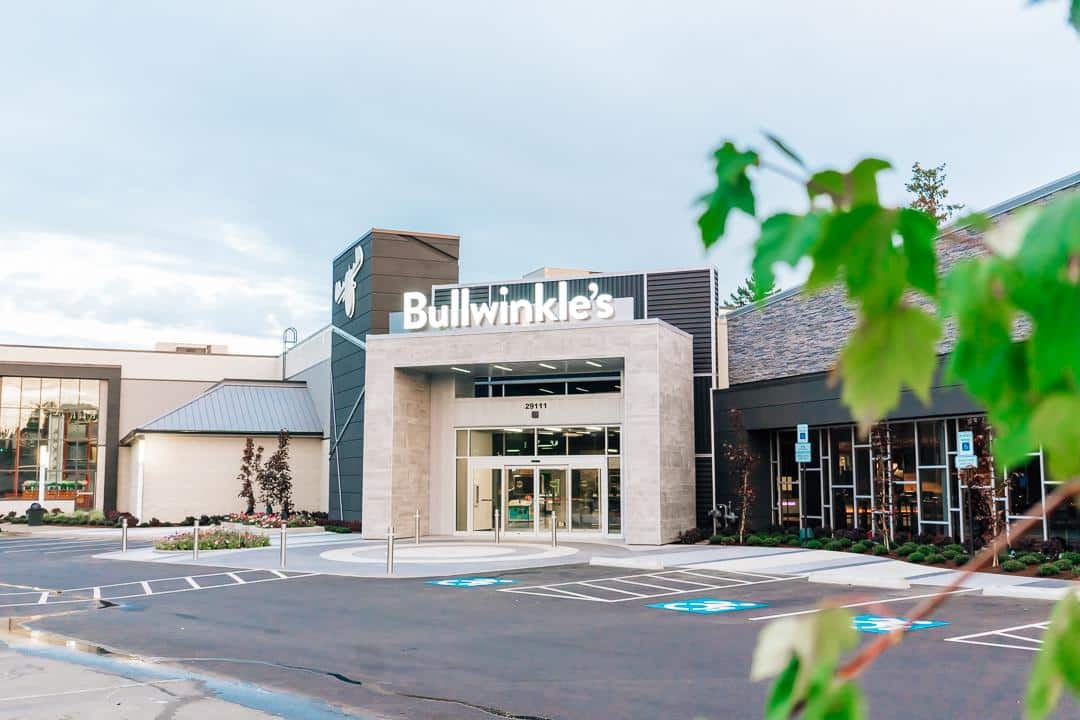Portland Radon Map – 2017 Update

The new Portland Radon Map for 2017 is out – and it’s now interactive!
Click on the link to head over to the radon map, where you can click around Oregon and Portland to find the risk for radon in any zip code that has had enough tests done.
Top 6 things to know about radon gas
- Radon is a gas that is naturally occurring in the ground. It typically seeps into the home from the basement and makes its way through the rest of the house from there.
- Radon is dangerous! According to The Oregon Public Health Division, 276 radon-related lung cancer deaths happen each year state-wide. This is typically due to the radon gas causing cancer that leads to death.
- Even homes in zip codes that are listed as “low risk” for radon on the 2017 Portland Radon Map should be tested, as levels can vary door-to-door!
- Radon is invisible and odorless; you have to test for it using a kit or by hiring a pro. It is good for everyone to test for radon, but especially true if anyone lives or spends a lot of time in their basement (if they have one).
- Even if your home tests high for radon, there are steps to mitigate the problem. Once radon is mitigated, it shouldn’t impact your home value. Fixes may be as simple as sealing cracks in the basement to installing a piping system to take air from under the home and vent it off the roof.
- Unplug your crawlspace vents already! There is very minimal utility savings gained by stuffing up your crawlspace vents over the winter, and nothing saved by stuffing them over the summer. Radon is often mitigated by installing a fan. So let your crawlspace breathe! I have run into a number of situations where a crawlspace unplugged will lower the radon count to safe levels. It is also possible that if your home does not have enough crawlspace vents, installing more can provide adequate ventilation to avoid radon risk. Don’t take my word for it, test! Radon tests are relative inexpensive and can be very accurate.
4 Tips for using the 2017 Portland (Oregon) Radon Map
- Red is high radon risk, yellow is medium, and green is low. Once again, click here for the Portland radon map.
- Remember that the radon data on this map is based on the results of actual long and short-term radon tests in that zip code. There is no organization that goes around testing each home; it’s up to homeowners to test. The test manufacturers are then responsible for reporting the results to the Oregon Radon Program.
- If fewer than 20 homes in a particular zip code have reported radon test results, that zip code’s color will appear faded (but still given a red, yellow or green designation based on the limited results). Zip codes with fewer than five tests are left grey.
- Remember, regardless of the radon risk level shown on the Portland map, testing your home is the only way to know whether there are elevated levels of radon. According to the Oregon Public Health Division, “Indoor radon levels can be influenced by weather, season, geology, type of construction and heating, ventilation and air conditioning systems. Because of this, radon levels may not be consistent among a group of homes, even those next door to each other.”
As a Portland real estate agent, the most important thing I tell home sellers about radon is to test early and not wait for the buyer to do it. It’s pretty common now for radon tests to be part of the regular home inspection. Discovering radon before the buyers do is key so that the problem can be mitigated and delays in your home sale can be avoided!


